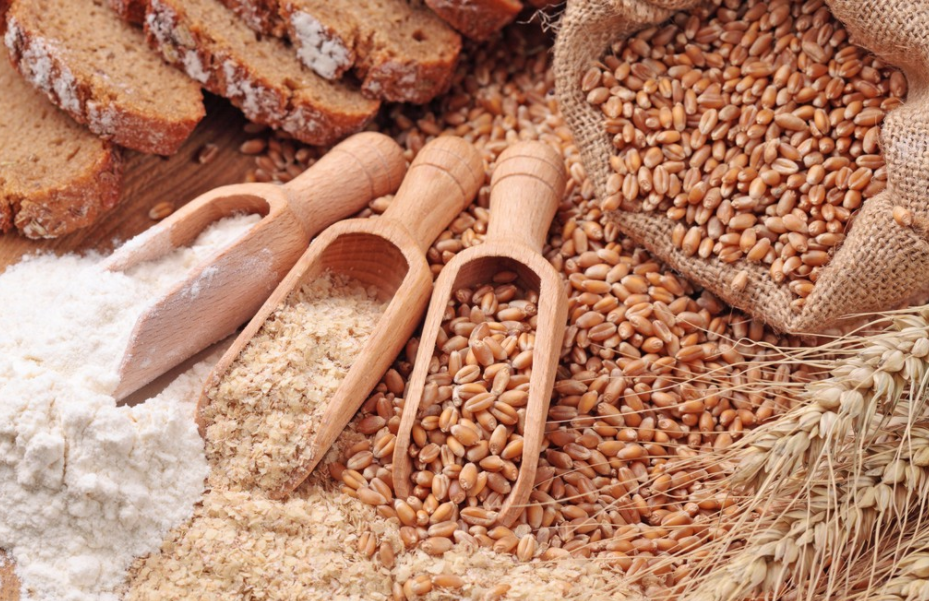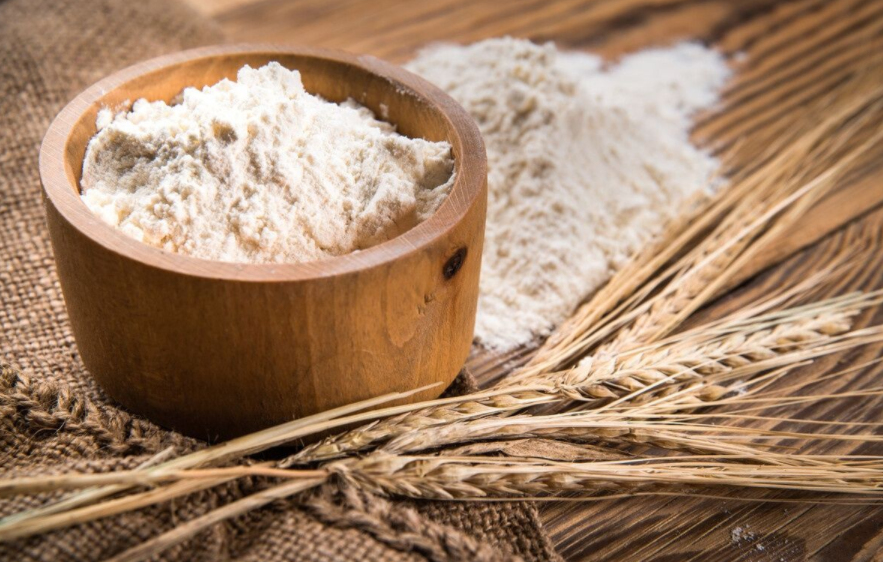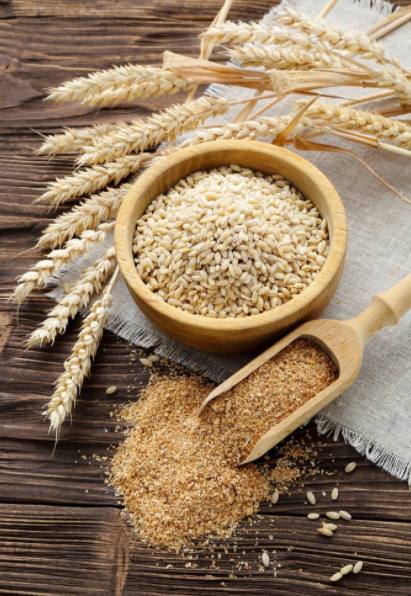In addition to processing the main products of cereals, the main products and their by-products, such as broken rice, rice bran, rice germ, rice husk, bran, etc., can be reprocessed to make new products and make the best use of them. For example, broken rice can be used to produce multifunctional starch and starch-based fat substitutes; rice bran can be used to extract rice bran oil, rice bran nutrients, rice bran nutritional fibers, and functional polypeptides; rice husks can be used to prepare white carbon black and activated carbon to produce a variety of beauty products. cosmetic. Therefore, the main and by-products of rice are important raw materials for food, chemical, pharmaceutical and other industries and have great development potential.

1. Develop rice starch functional food
The main ingredient in rice is starch. At present, there is an upsurge in the research and development of rice starch in the United States and Europe. The application of modern biotechnology can transform rice including broken rice, old indica rice, early indica rice, etc. into resistant starch, microporous starch, slow-release starch, new fat substitute and hypoallergenic protein.
The improved rice starch product "Ricemic" researched and developed by the Southern Research Center of the United States Department of Agriculture is based on rice flour, which is first separated from protein, and then processed into 100% delayed digestion, 50% accelerated digestion, and 50% processed by heating and enzyme treatment. Modified rice starch products with delayed digestion. Modified rice starch has been proved by clinical application to effectively improve sugar load and will become a new food for diabetic patients.
The development of resistant starch and microporous starch is a brand-new subject in the field of starch research. When using resistant starch as a food source and ingredient, in addition to providing a variety of health functions, it can also be used as a low-calorie food additive. Microporous starch is a honeycomb porous starch carrier formed by enzymatic hydrolysis of natural starch. Because its surface has many small holes extending to the center of the starch granule, it has good adsorption performance and can be used as an adsorption carrier for functional substances (such as pharmaceuticals, spices, pigments, and health care substances). It is widely used in medicine, chemical industry and food. And other industries.
Rice starch production technology for fat substitutes and starch-based fat substitute functional modification technology are high-tech applications of biotechnology to convert rice starch into oil-free fat. The new fat substitute is very suitable for processing yogurt and dairy products that partially replace cream. It has the appearance and taste of cream, and can be processed into hydrogenated fat for margarine production through the blending of different contents. For example, Belgium has officially used modified rice starch in the production of cream-free cheese, low-fat ice cream, fat-free margarine, sauces and cold vegetable seasonings, and has achieved considerable economic benefits.

2. Develop rice bran healthy food
Rice bran accounts for about 5% to 5.5% of the weight of rice. The ingredients of rice bran are mainly sugar, oil and protein, and also contain more ash and vitamins. The bran substances in rice bran can become a source of dietary fiber after stabilization treatment, and be made into products such as rice bran fiber and rice bran polysaccharide. For example, hemicellulose B isolated from defatted rice bran can inhibit the increase of cholesterol in serum and liver, thereby preventing diseases such as high blood pressure, heart disease, liver cirrhosis and arteriosclerosis. Rice bran contains about 20% of oil, and the rice bran oil obtained by processing and refining contains about 38% of linoleic acid and about 42% of oleic acid. The ratio of linoleic acid and oleic acid is 1:1.1. From the point of view, this proportion of fat has a higher nutritional value.
Rice bran oil is rich in oryzanol. Oryzanol is a family of compounds composed of more than a dozen sterol fulvic esters, which can prevent auto-synthesis of cholesterol, reduce the concentration of serum cholesterol, promote blood circulation, regulate human endocrine and autonomic nerve functions; rice bran oil also contains a large amount of fat-soluble Vitamins, sitosterol and other phytosterols and other ingredients. Therefore, rice bran oil is a health-care edible oil, and its nutritional value exceeds that of soybean oil and rapeseed oil.
In addition, rice bran is also rich in calcium phytate, and defatted rice bran is an ideal raw material for the production of calcium phytate. Calcium phytate can be used to produce phytic acid and inositol, which are widely used in the pharmaceutical and chemical industries. In addition, rice bran can also be used in the pharmaceutical and chemical industries. It is used to produce bran wax, which is used in the production of gloss agent, waterproofing agent and fruit preservative.
Research has proved that rice bran can increase in value by about 60 times after in-depth development and utilization.

3. Deep development and utilization of rice husk
The field of in-depth development and application of rice husk is quite extensive. Its primary products can not only be used as a culture medium for edible fungi, used for energy generation, fiberboard and furfural, etc., but after deep processing, it can also produce many food and chemical products such as fast food boxes, beauty cosmetics, etc. that are beneficial to environmental protection and health.
Rice husk is rich in ingredients such as lignin, pentosan and silica, and is a good raw material for the preparation of white carbon black, activated carbon and high modulus potassium silicate. Activated carbon produced from rice husk is not only low cost, but also contains less impurities. It is especially suitable for the food industry; the silicon in rice husk can be burned under certain conditions to form porous amorphous silica particles, which has a great It can be used as a variety of carriers or raw materials for advanced composite materials. Rice husk also contains a variety of vitamins, enzymes and dietary fiber, which play an important role in promoting skin metabolism; another active ingredient in rice husk, inositol, has a certain effect on the prevention of rectal cancer and breast cancer.
At present, activated carbon, white carbon black, water glass, high-purity silicon, xylose, levulinic acid and a variety of cosmetics have been successfully developed using rice husks. There are still many unknown components in rice husk, and its development still has great potential, and its utilization prospects will be very broad.
The above wonderful content is the sharing of Deep processing and utilization technology of rice by Henan Zhongxing Grain and Oil Machinery Co., Ltd.
Copyright © Henan Zhongxing Grain And Oil Machinery Co.,Ltd. All Rights Reserved. Powered by MetInfo